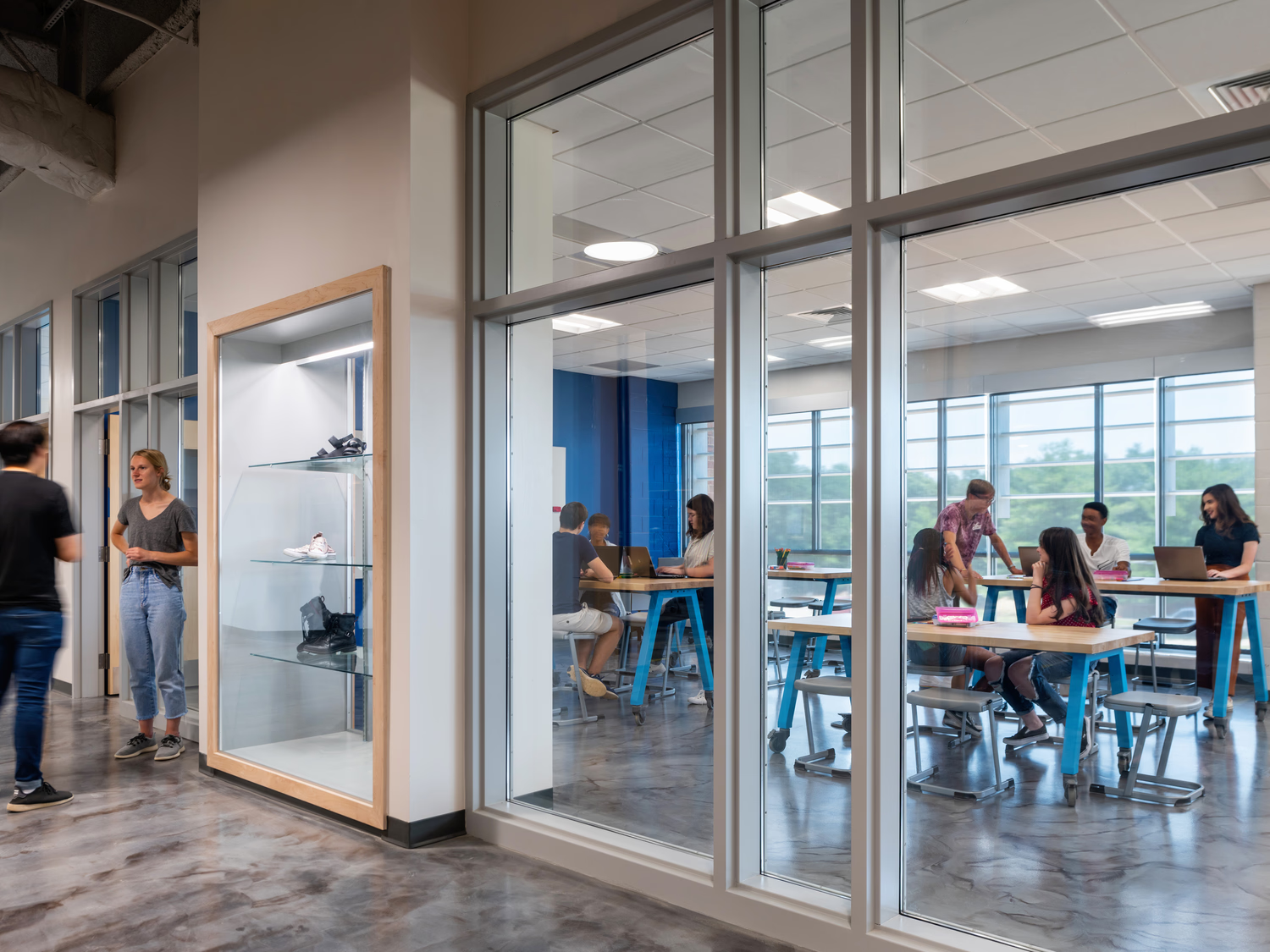
The National Trust for Historic Places has published a case study about the revitalization of the Packing House on its blog. Quinn Evans designed the LEED Gold-certified adaptive reuse of the former factory to serve as an office, retail, and event space that houses an eclectic mix of nonprofit and small business tenants.
The post, titled “Bringing the Packing House into the 21st Century,” traces developer Cross Street Partners’ six-year effort to transform the former factory building into a community asset. We successfully completed a similar project with Cross Street Partners at the Lion Brothers Building, and we’re currently working with them as part of the Baltimore Penn Station redevelopment team.
The piece underscores the importance of funding from Historic Tax Credits and New Markets Tax Credits in making revitalization projects like the Packing House economically feasible; it quotes Cross Street Partners’ Margaret Norfleet-Neff as saying, “without New Markets Tax Credits, this project would never have happened.”
Read the National Trust’s full piece, including descriptions of several of the building’s current tenants, here.
DID YOU KNOW?
For a project to receive federal Historic Tax Credits, the building must be listed in the National Register of Historic Places and the rehabilitation design must meet the Secretary of the Interior’s Standards. Learn more about the requirements of the Federal Historic Tax Incentives Program by downloading our guide, Navigating Historic Tax Credits.







